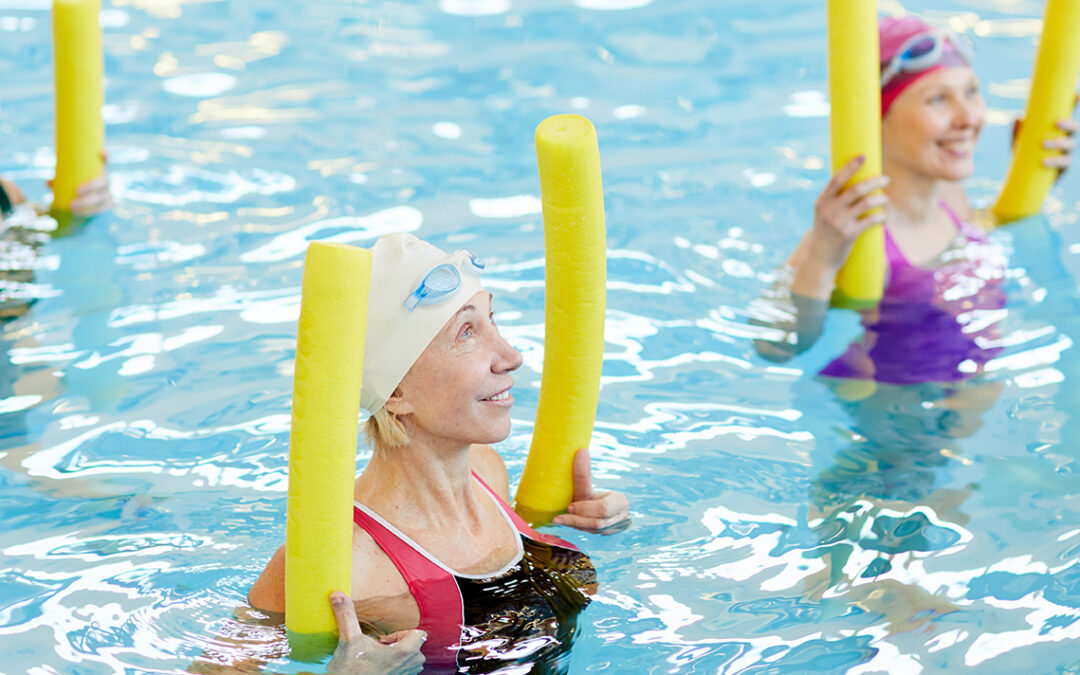Contents
Your nerves are responsible for sending messages to and from your brain. Your nerves can be pinched if nearby bones or tissue place pressure on them. If you have pinched nerves in your knee, you may experience knee pain. If so, you are not alone: About 25% of people experience knee pain.
Nerve pain in the knee can impact your daily life by making it difficult to lift your foot toward your leg, possibly leading you to drag your foot across the ground when you walk. Also, you may find it difficult to get your feet into the proper position to walk in the first place.
4 common causes of nerve pain in the knee
Given the potential for nerve pain in the knee to significantly impact your daily activities, it is important to discuss some common causes of nerve pain in the knee. Here are four common causes of nerve pain in the knee:
- Injuring your knee ligament — Your ligaments are a type of supporting tissue. There are four main types of ligaments between your thighbone and shinbone:
- The anterior cruciate ligament (helps your shinbone rotate and move in a forward direction).
- The posterior cruciate ligament (helps your shinbone move in a backward direction).
- The medial collateral ligament (helps keep the inside of your knee stable).
- The lateral collateral ligament (helps keep the outside of your knee stable).
If you injure one of your knee ligaments, you may hear a pop and experience inflammation around your knee joint. This inflammation can lead to a pinched nerve in your knee, which can cause you to feel knee pain. Knee ligament injuries may occur because of car accidents or from sudden stops or changes in direction while playing sports.
- Crossing your legs — When you cross your legs, you position your hip in an uneven way. This uneven position can lead to the rotation of your pelvic bone. This rotation reduces the blood flow to your knee joint, which can lead to inflammation and a pinched nerve in your knee.
- Squatting for a long period — If you squat for a long period, you’re placing pressure on the side of your knees. This pressure involves supporting tissue such as tendons and ligaments pressing on your nerves, which can produce knee pain. If you’re an athlete or have a job that requires squatting frequently (e.g., a shoe salesperson), you may be more likely to weaken your knee, which can make you more vulnerable to nerve pain in your knee.
- Fracturing your bone — If you fracture either a bone in your lower leg or a bone by your knee, you may be more likely to experience chronic nerve pain in your knee from a pinched nerve. Bone fractures can occur when you fall right on your knee. If you are an athlete or like to run, the higher likelihood of you falling means that you may be more likely to get a bone fracture. You can also get a bone fracture if you are in a car accident or have osteoporosis, which is a condition that weakens your bones.
3 PT treatments that can help address nerve pain in the knee
If left untreated, nerve pain in the knee may get worse. One natural and effective form of treatment for nerve pain in the knee is physical therapy. Here are some common techniques that physical therapists offer to help treat nerve pain in the knee:
- Manual therapy — Some manual therapy techniques that physical therapists offer include soft tissue manipulation and joint mobilization. In soft tissue manipulation, a licensed physical therapist can help reduce swelling and encourage your body to create more natural joint-lubricating fluid. In knee joint mobilization, a physical therapist can gently place their hands on the soft tissue in your knee joint to move it, which can reduce your knee’s tightness and improve its function and mobility. The improved mobility in your knee can reduce your knee pain, as your knee muscles are less likely to tighten.
- Aquatic therapy — In aquatic therapy, your physical therapist will guide you through exercises in a heated pool. The water in the pool helps hold you up and can reduce the weight and stress on your knee as you exercise.
- Active exercises — Another physical therapy modality that can help treat nerve pain in the knee is active exercise. The goal of active knee exercises are to increase the strength of your knee-supporting muscles, which can reduce the pressure on a pinched nerve in your knee. In turn, this can reduce the pressure on your knee as you’re walking and sitting down.
Lattimore PT can help treat nerve pain in the knee through PT techniques
Need treatment for nerve pain in the knee? At Lattimore PT, our team values compassion, friendliness and high-quality patient care. Our hands-on approach to physical therapy involves our licensed physical therapists listening to you to meet your needs. To treat nerve pain in the knee, we offer services such as aquatic therapy and manual therapy. A physical therapist will work with you to create a personalized treatment plan that includes the physical therapy techniques most suited to treating your nerve-related knee pain.
Contact our team today for more information about nerve pain in the knee or to schedule an initial appointment.



